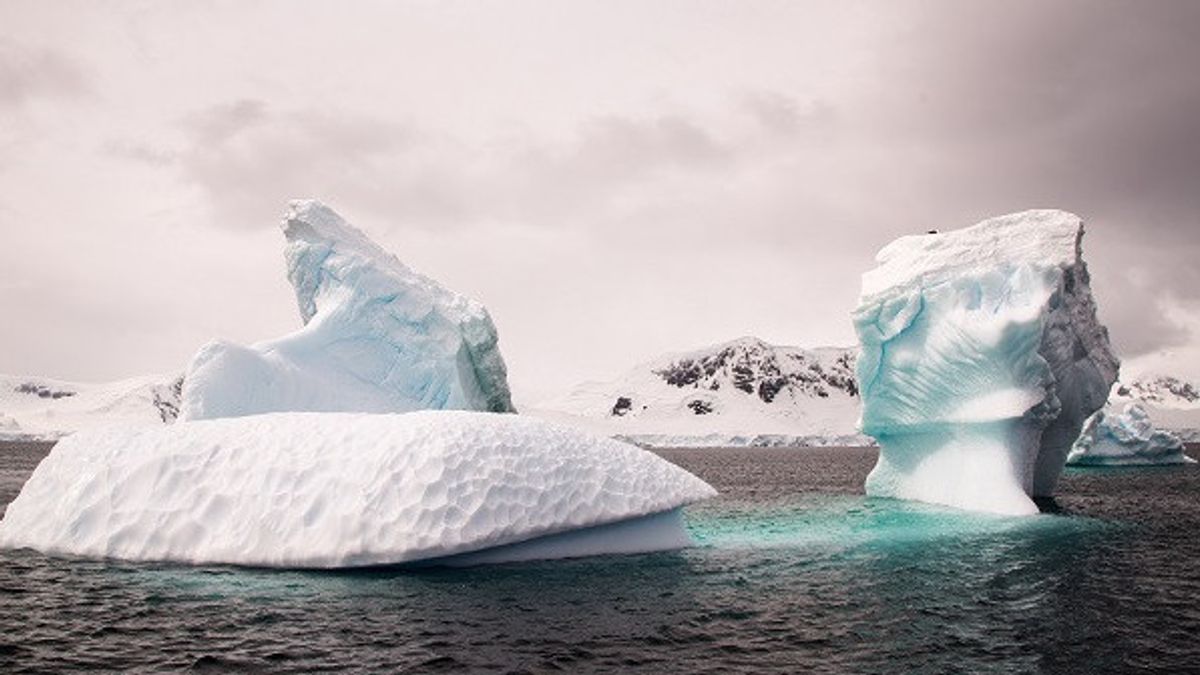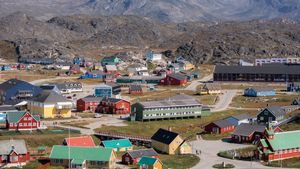JAKARTA - One of the largest icebergs similar to the human finger in the Southern Ocean is split into two, allegedly due to rapid changes in ocean currents in the region.
Called A68a, he is known as a tabular iceberg because of its rectangular shape. The largest size itself covers 2,300 square miles, and in 2017 the iceberg erupted.
At the time, A68a threw one trillion tonnes of melting water into the sea for three years at sea. But scientists don't know what caused A68a to split into two.
Research published last week at Science Advances by researchers fromPORT University in New Jersey, found the answer.
Using satellite imagery and datasets, the researchers traveled back to the past until December 2020. At that time, the iceberg was also badly damaged.
After passing through the island of South Georgia, A68a began to crack, with large chunks breaking as a result directly from the iceberg dragging on the seabed, but the events confused the researchers as A68a was floating in the deep open sea.
"Usually, the iceberg breaks because they hit the seabed, causing parts to burst. But in this case, after looking at ocean current data, the finger-like iceberg appears to overlap one part of the current stronger than the other part," said the study's lead author, Alex Huth.
"So it makes sense to suspect that it caused the iceberg to break into two like a tooth stab," he added.
Launching Space, Monday, October 24, a theory was added from researchers that the damage was triggered by the sliding of ocean currents, which caused some of the icebergs to be released.
The researchers also checked whether pre-existing cracks pushed the A68a shards or not, but Huth remained unsure about that.
"The ice clouds represent about 50 percent of the loss of Antarctic ice masses, which occur when they are detached from the ice sheet," Huth explained.
"When they drift away, they store melting water away from the layer. This can affect marine circulation by making water column stratifications and basically being able to fertilize the ocean with iron because they are sedimentary sources from Antarctica, which can lead to an increase in phytoplankton," he added.
The English, Chinese, Japanese, Arabic, and French versions are automatically generated by the AI. So there may still be inaccuracies in translating, please always see Indonesian as our main language. (system supported by DigitalSiber.id)













